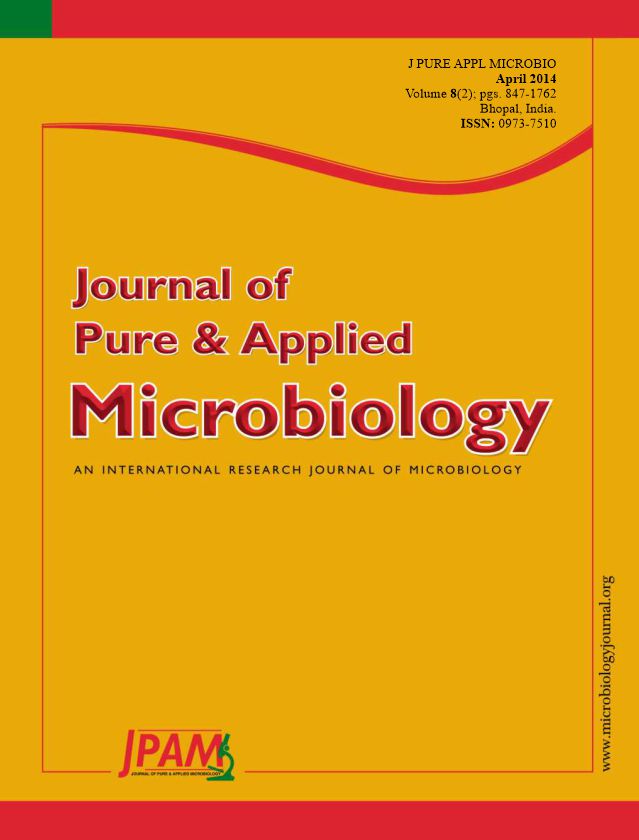Black scurf is one of the oldest and common diseases of potato stems and stolons below the soil surface caused by Rhizoctonia solani. The present study was carried out to investigate the antifungal potential of Melia azedarach against this soil-borne fungal pathogen. Different concentrations (1, 2, …, 5%) of aqueous, methanol, n-hexane and chloroform extracts of leaves, stems and fruits of M. azedarach were prepared and were evaluated for their in vitro antifungal activity. Data were analyzed by Tukey HSD test at 5% level of significance. All the extracts showed variable antifungal activity. In general, leaf extracts exhibited the highest inhibitory effect against growth of the fungal pathogen followed by stem-bark and fruit extracts, respectively. Among the various extracts, leaf chloroform extract, stem-bark methanolic extract and fruit aqueous extract showed the best antifungal activity resulting in 20–89%, 4–85% and 28–70% reduction in fungal biomass over corresponding control treatments, respectively.
Rhizoctonia solani, Melia azedarch, Antifungal activity, Fungal biomass
© The Author(s) 2014. Open Access. This article is distributed under the terms of the Creative Commons Attribution 4.0 International License which permits unrestricted use, sharing, distribution, and reproduction in any medium, provided you give appropriate credit to the original author(s) and the source, provide a link to the Creative Commons license, and indicate if changes were made.


